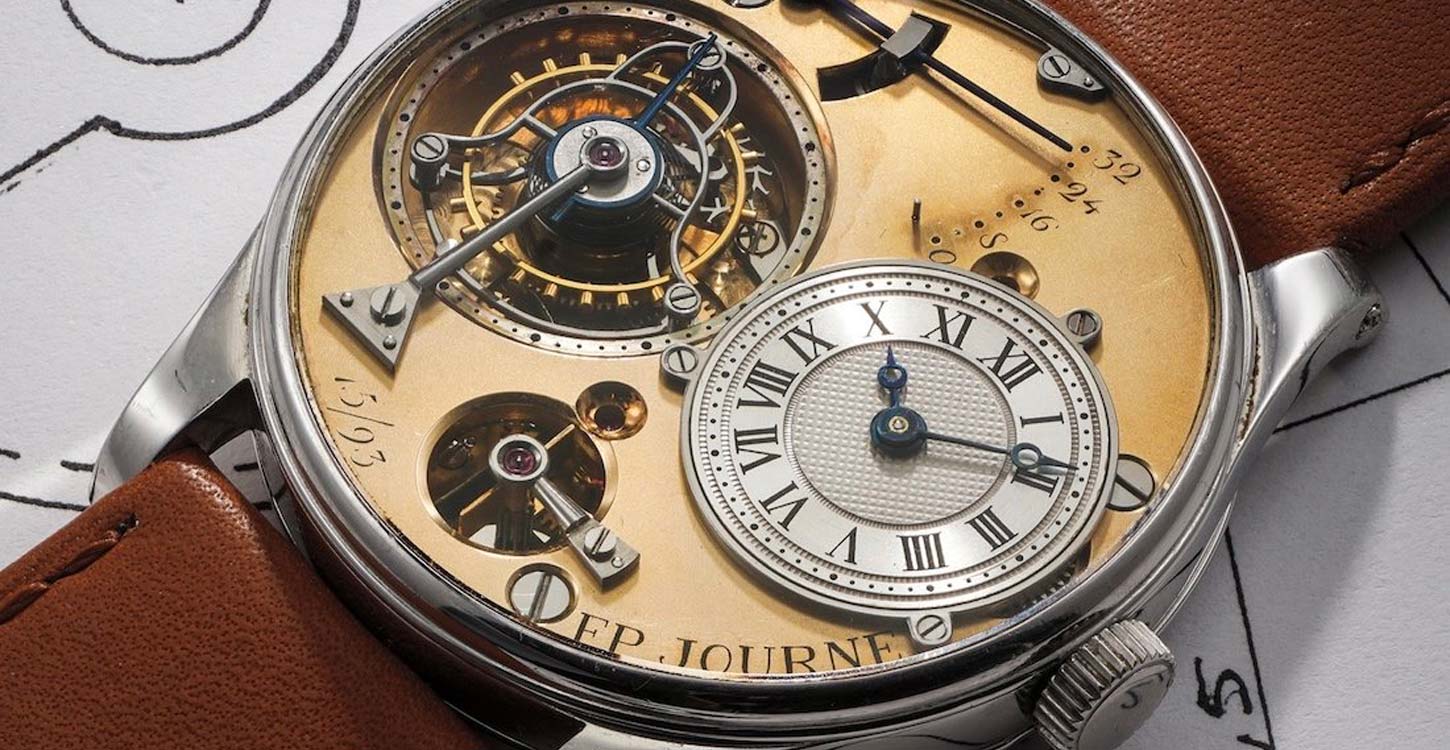A lot is written about which cars have the potential to grow in value, but just as important is knowing what to avoid. Read on for expert insights from Harry Edworthy, Founder of Autofolio, a company providing car portfolio management services driven by comprehensive valuation and market data.
When investing in any collectible asset such as wine, whisky or art it is essential to have an in-depth understanding of the market and specific item you are investing in due to the investment being purely speculation-based (essentially the next person being willing to pay a higher price than you did). This is no different when it comes to investing in collectible cars.
As collectible cars do not generate future cash flows, they are undoubtedly speculative, and their value is based on the expectation of price appreciation. Additionally, fees associated with purchase, selling, maintenance and storage can impact the net return on investment significantly. This underscores the importance of active management when looking to own a collectible car within your overall investment portfolio.
In this article, I am going to take through the things to avoid when investing in car markets. This will give you a reverse-engineered glimpse into the Autofolio investment process we use to construct and manage investment car portfolios.
Here are five things to avoid when investing in cars:
1. Low-quality cars
Investors naturally look for the highest quality companies and products when looking for steady and certain returns. Quality is an even bigger factor when investing in cars due to the attractiveness of owning the ‘best example’ for collectors. This is not for bragging rights but rather the scarcity value it creates for the car you own – driving valuations further upwards as other owners use and drive their cars, increasing the scarcity of your example; in turn, as demand increases for that vehicle, its value rises further.
At Autofolio, I always recommend clients to buy the ‘best car you can afford’. When buying an investment car, it is fundamental it is the correct example. Do not stretch yourself to buy that ‘high mileage hero’ Ferrari
At Autofolio, I always recommend clients to buy the ‘best car you can afford’. When buying an investment car, it is fundamental it is the correct example. Do not stretch yourself to buy that ‘high mileage hero’ Ferrari. Such examples are unlikely to be sought-after by a future collector, decreasing your potential return. In addition to this, buying a poor-quality car can significantly increase your cost of investment and as a result damage net returns through the higher costs to run and maintain the car.
2. Rare cars
At Autofolio, I always recommend clients to buy the ‘best car you can afford’. When buying an investment car, it is fundamental it is the correct example. Do not stretch yourself to buy that ‘high mileage hero’ Ferrari
This is not a blanket statement; many rare cars are collectible. I would not be able to validly argue that a Ferrari 250 GTO – which is worth around £60 million – does not owe much of its value to only 36 having been made. However, rarity alone is not a factor to base your investment thesis upon when selecting an investment vehicle. Many cars are rare and were marketed as ‘collector’s items’ when they first sold. However, just because a car is rare or hard to get doesn’t mean it’s necessarily special, worth collecting, or a good investment. I always challenge the idea that scarcity alone makes a car valuable.
The Aston Martin Vanquish Zagato Coupe is an example of this. The car was born from the collaboration between Aston Martin and the Italian design house, Zagato. This promised not just a car, but a work of art, limited to 99 units worldwide, ensuring exclusivity. Despite only 99 Zagato coupes being produced, Aston Martin and Zagato produced multiple other iterations of this generation of re-bodied Vanquish. This included: 99 Volantes, 99 Shooting Brakes and 28 Speedsters. In total, 325 Zagato Vanquishs were built.
At the initial launch, cars traded around £750k on the open market. Since then, the market for Vanquish Zagatos has significantly repriced. Cars currently trade around £300k-£350k, now below the list price. Despite this, Zagato Coupes still trade on three times the premium of the car that it is based on, the Vanquish S.
3: Cars in a shrinking market
When you think of your typical investment car, what do you think of? An E-type Jaguar? An Austin Healey? Or a Ferrari 275?
One of the most important things when selecting an investment car or any item you are looking to buy and hold is that there is a growing market for what you are buying. We are trying to predict where future buyers will be for the specific cars you are looking to buy.
Historically you cannot dispute that the cars above offered attractive opportunities, as the people who once lusted after these cars in the 60s hit their 40s/50s and could afford to buy their dream cars, so they did so – driving the prices of these iconic 60s classics upwards.
The market for these 60s classics is now shrinking, driven by the ageing market of buyers who previously bought these cars but who are now not at an age where they would want to own such a vehicle
This is not so today and a case that has been slowly diminishing over the last 10 years. The market is very different to when trying to seek alpha in car investments in the 90s and early 00s. The market for these 60s classics is now shrinking, driven by the ageing market of buyers who previously bought these cars but who are now not at an age where they would want to own such a vehicle.
Buyers now in their 40s/50s with money are looking to buy the car from their youth, which comes from the 80s and 90s. This why your Ford Escort RS Cosworth that could be bought for £1000 and instantly put into a ditch then now costs £75,000 (for a good example). 60s classics have significantly underperformed modern classics over the last 15 years with cars such as the Ferrari F40 producing around x10 returns to investors who held the car over this period.

Top Tip

Lee Goggin
Co-Founder
4. Low brand equity
Track record is important especially when owning collectible items. This is no different when selecting investment cars. The marque of a car is a significant factor when selecting an investment car. This is typically carried from triumphs on the race track – from a marque’s successes in prestigious races such as Le Mans, road races such as the Mille Miglia, and the pinnacle of motorsport, Formula 1.
While the saying ‘Win on Sunday sell on Monday’ may be a thing of the past, history and prestige still carry great significance when selecting investment cars
The brand that highlights the importance of brand equity to investment returns is Ferrari. Scuderia Ferrari is the most successful manufacturer ever in Formula 1 with 16 constructors’ titles and 242 race wins. While the saying ‘Win on Sunday sell on Monday’ may be a thing of the past, history and prestige still carry great significance when selecting investment cars.
5. Electric cars
You probably think this is stating the obvious. However, this does not mean electric power in its entirety. Currently in the UK electric cars are some of the highest depreciating cars, with some models losing over 50% within the first 12 months of ownership.
This significant depreciation is being driven by three main factors: oversupply of cars; lack of incentives to buy used electric cars; and the impracticality of owning an electric car.
Due to continued legislation to meet climate change targets, manufacturers have been forced to invest in developing and supplying more electric cars. With this increasing supply of cars, there needs to be a demand in the market for these cars to be produced so dealerships can distribute this supply at the manufacturer’s retail price. However, this is not the case: in some cases, dealers supply offers on new electric cars are available with over 35% deposit contributions towards finance.
Currently in the UK electric cars are some of the highest depreciating cars, with some models losing over 50% within the first 12 months of ownership
There is also very little incentive to own used electric cars, with the same level of tax incentives not being available on used cars and only on new purchases. Also, there are limited battery warranties available and the cost to replace these batteries equals the value of the car itself, given the majority of electric cars have a lifespan of only around 10 years.
The final stake in the electric cars fanboy’s heart is the infrastructure needed to own and use one as your only vehicle, making it currently not realistic to own such a car and hold onto it as a asset or a collectible item.
Despite this, however, cars such as the Porsche 918 Spyder that utilise an electric motor in their hybrid technology still represent a blue-chip investment grade vehicle.
Conclusion: be as systematic in your car investing as with the rest of your portfolio
Important information
The investment strategy and financial planning explanations of this piece are for informational purposes only, may represent only one view, and are not intended in any way as financial or investment advice. Any comment on specific securities should not be interpreted as investment research or advice, solicitation or recommendations to buy or sell a particular security.
We always advise consultation with a professional before making any investment and financial planning decisions.
Always remember that investing involves risk and the value of investments may fall as well as rise. Past performance should not be seen as a guarantee of future returns.





